General Information
Start/ End: Paro/ Paro
Duration: 7 days/ 6 nights
Tour route: Paro – Thimphu – Punakha – Paro
Tour Customizable: Definitely! (Tell us your specific requirements in the inquiry form)
Guides: Local Guide (English Speaking Guide, Other Languages depends on your Request)
Transportation: Private first-class air-conditioned vehicles
Accommodation: Listed below or equivalent. Rooms with private bath or shower, hotel taxes, porterage, tips, and service charges.
Brief Itinerary
Day 01: Paro Arrival – Transfer Thimphu
Day 02: Thimphu Sightseeing Tour
Day 03: Thimphu – Punakha via Dochula Pass
Day 04: Punakha Sightseeing & Hiking
Day 05: Punakha – Paro
Day 06: Paro – Taktsang Monastery
Day 07: Paro Departure (B)
Full Itinerary
Day 01: Paro Arrival – Transfer to Thimphu
On arrival at Paro International Airport, meet your guide and driver then transfer you to a local restaurant for lunch. After lunch, visit the National Museum of Paro which gives an excellent introduction to Bhutan’s history, culture and religion. Later, visit the impressive Rinpung Dzong Fortress that houses the office of the district administration and religious body.
Afterward, take the scenic one-hour drive to Thimphu, the capital, with a stop for a short walk at the 13th-century temple of Tamchog Lhakhang. In Thimphu, you will have time to relax after a long travel or join a walking tour around this capital. Overnight in Khang Residency or similar
Day 02: Thimpu Sightseeing Tour (B)
After breakfast, your adventures begin with participation in archery – the Bhutanese national sport. Then visit a small handmade paper factory across the river to see the traditional Bhutanese paper making method that uses “Daphne” or mulberry plants.
Afterward, return to the city center and visit the National Institute Zorig Chusum that offers a six-year course on Bhutan’s traditional arts and crafts that include painting, wood carving, embroidery, and statue making. Then head to the Folk Heritage Museum, a three-story mud and timber building that replicates a century-old traditional farmhouse that gives us a glimpse of not only the lives of ancient Bhutanese people, but also many rural people even today.
The afternoon will bring you to a grand panoramic view of the valley, followed by a short 10-minute hike through the forest to visit the Takin Sanctuary. Takin – a kind of sheep by way of antelope, are the National animals of Bhutan and believe to exist only in Bhutan Himalaya. On the way back to your hotel, stop at the Zilukha Nunnery in Drubthob Goemba, home to 40-60 Buddhist nuns and the National Institute of Traditional Medicine, dispensary of traditional Bhutanese herbal and other medicines. Finally, explore the Trasichoe Dzong that houses the Royal Throne, National Assembly, and the seat of Chief Abbot of the central monastic body. Overnight in Khang Residency or similar
Day 03: Thimphu – Drive across Dhochula – Punakha (B)
After breakfast, begin a scenic drive to Punakha, the former winter capital of Bhutan. As we leave Thimphu behind, the road gradually winds up through villages and pine forests to Dochula Pass (3100m/10168 ft.) marked by 108 Buddhist shrines, flickering with sacred prayers flags offered by the Buddhist devotees. On a clear day, the pass offers a superb panorama of the snow-capped mountains and the valleys.
The road drops slowly through the changing vegetation to the sub-tropical lowlands, and two hours later, you will be in Punakha. After lunch at our resort, start with a pleasant hike to the Chime Lhakhang. It’s less than 25-minutes from the main road, and the trail goes through paddy fields and villages. It may look bizarre, but you will see the houses with the phallic symbol painted on their walls and doors! You might even see the door handles or knobs carved out in the shape of a phallus! Ask your guide why.
Next, visit Sangchhen Dorji Lhuendrup Nunnery – perched on a ridge overlooking the valley and the views from here are superb. The resident nuns here are friendly, study Buddhism and also learn some skills such as embroidery, tailoring, etc. Depending on available time and your interests, your guide may suggest other sites or activities. Overnight in Drubchu Resort or similar
Day 04: Punakha Sightseeing & Hiking Journey (B)
After breakfast, visit Ritsha Village – made up of mud and stone foundations. It’s a model rice-growing village in western Bhutan. Each house has its vegetable garden and also fruit-bearing plants-oranges, lemon, squash, papaya, etc. As you stroll through the village, you will experience villagers are shifting from traditional farming method to use of modern equipment such as mechanized power-tillers, etc. Stop to chat with friendly locals and check out their dwellings.
Short and moderate hiking takes you to Khamsum Yulley Namgyal Chorten situated atop a beautiful hillock overlooking the valley. From the parking, it takes about 45-60 minutes up, but the return trip down should take less than 30 minutes! Then cross the Mo Chu river by a suspension bridge and then follow the trail amidst the paddy fields first, and then the path twirls up around the hill. Built by the Queen Mother, the temple is an example of Bhutan’s most beautiful traditional architecture.
From the Khamsum Chorten, you can continue further up to Giligang Temple that can take two or three hours, depending on your pace. It’s a 300-year-old, privately owned temple and taken care of by the same family for generations. There are numerous places along the way to stop and enjoy the inspiring views of the surrounding temples, rice paddies, rolling hills, and green forests. Enjoy your picnic lunch here and perhaps invite the owner a couple of the temple to join the meal. From Giligang, the trail continues pleasurably downhill along the mountainside until you reach Changyul Bridge (1 hour) just before Punakha Dzong where we meet our driver and transfer back to the hotel. It’s a strenuous hike but enjoyable!
Back down, visit the stunning Punakha Dzong, probably the most impressive of all the Dzong (fortress) architectures of Bhutan. It has served as the winter capital of Bhutan, and even today the chief abbot makes it his winter residence.
Optional: Mo Chu River also offers rafting experience! If you are interested, you can experience 30 minutes raft down the white waters of Mo Chu River. The put-in point is just below the Samdingkha Bridge, and it’s taken out at the confluence of Mo Chu and Pho Chu near the Punakha Dzong. It’s a scenic ride with II to III+ rapids (Additional cost) There are quite a few other shorter hikes, 1-2 hours, such as Mendegang, Nobgang, etc. Consult with your guide and choose the destination that fits your interest and pace.
If you are not into hiking, you can visit the quaint villages of Rinchengang and Talo and spend time with the monks of Daly Gomba. If you are in Punakha during the weekend, the Saturday market of Kuruthang and Sunday Market in Wangdue Phodrang is worth visiting. Overnight in Drubchu Resort or similar
Day 05: Punakha – Paro (B)
After breakfast, retrace our drive across Dhochula Pass to Paro. Shortly before the pass, you can stop at Lamperi Botanical Garden that preserves the rich fauna including Rhododendron flowers. You will have another photo opportunity in Dhochula pass where to stop for lunch. Check into your accommodations and the balance of the day is for rest. Overnight in Khangkhu Resort or similar
Day 06: Hiking to Taktsang Monastery (Tiger’s Nest) (B)
After breakfast, trek to the famous Taktsang Monastery, also known as the Tiger’s Nest, a highlight of any trip to Bhutan. The monastery dramatically sits on the edge of a 4000-foot cliff above the valley floor; it is an unbelievable sight. The hike up is less than three hours. With a prior arrangement, ponies can take us two-thirds of the way up, but no further. Legend has it that Guru Padmasambhava, known as Guru Rinpoche by Tibetans and Bhutanese, flew on a tigress from Tibet and landed at the monastery’s site. Guru meditated in a cave here, it is said, and subdued the local demons and established the supremacy of Buddhism in Bhutan.
On the way back to the town, visit the ancient Kyichu Lakhang Temple, notable as one 108 temples that King Songsten Gampo of Tibet built miraculously over a single night in the 7th century to subdue a demon!
Experience Traditional Hot Stone Bath (Optional)
After such an active day, you should enjoy a traditional Bhutanese Hot stone bath, an ancient Bhutanese method of curing skin ailments, joint pains, hypertension, stomach disorders, arthritis, and many other diseases. Your guide needs a one-day advance notice to arrange the hot stone bath for you. The estimated cost is approximately $ 30 per person. Overnight in Khangkhu Resort or similar
Day 07: Paro Departure
After breakfast, your guide and driver will transfer you to the airport in time for your homecoming flight.
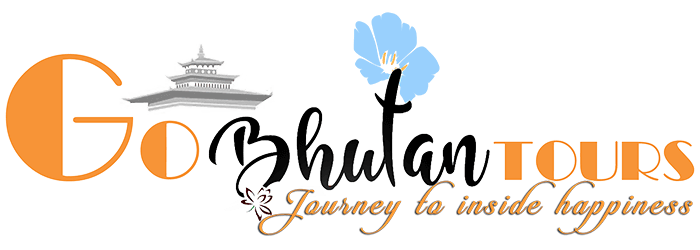
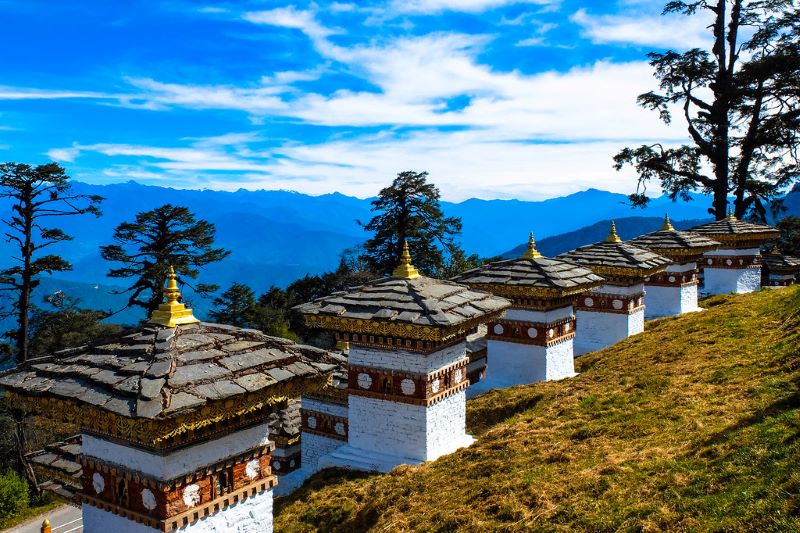
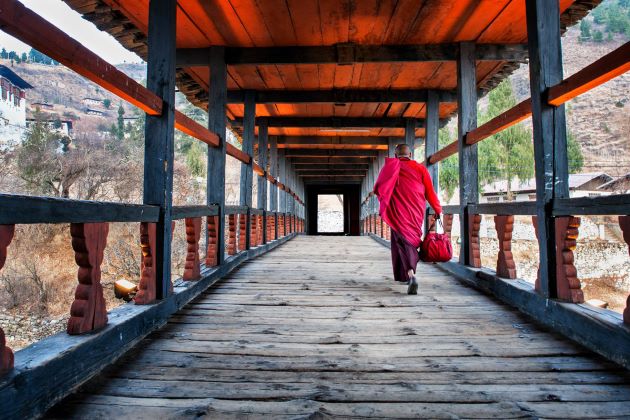
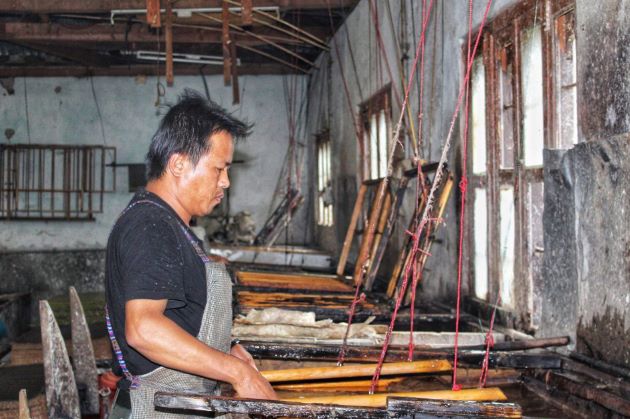
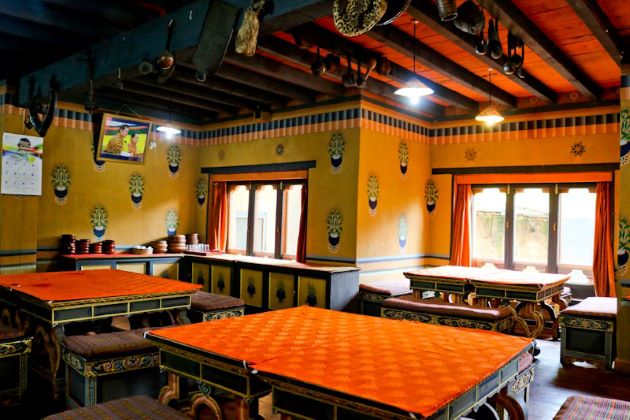
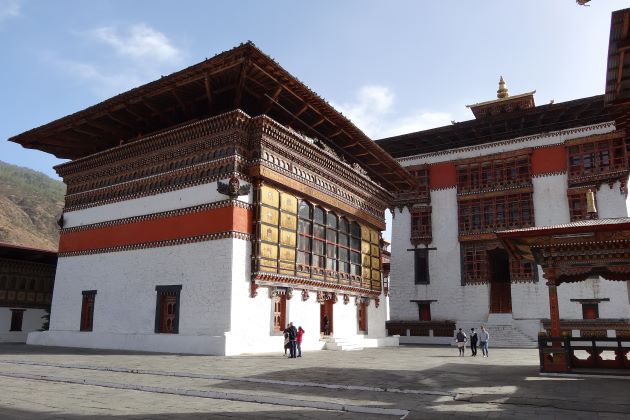
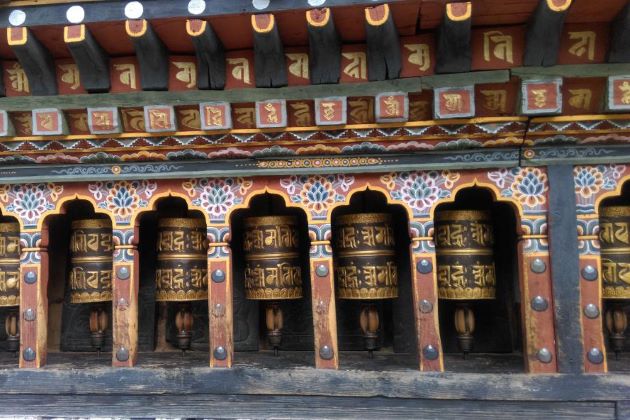
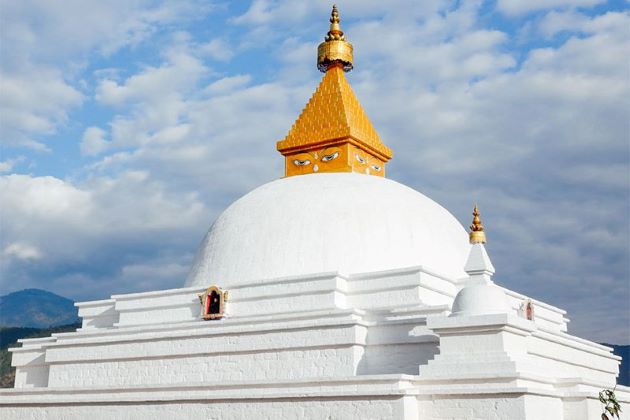
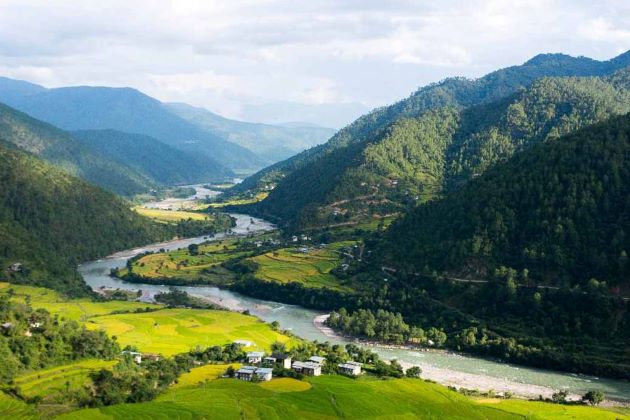
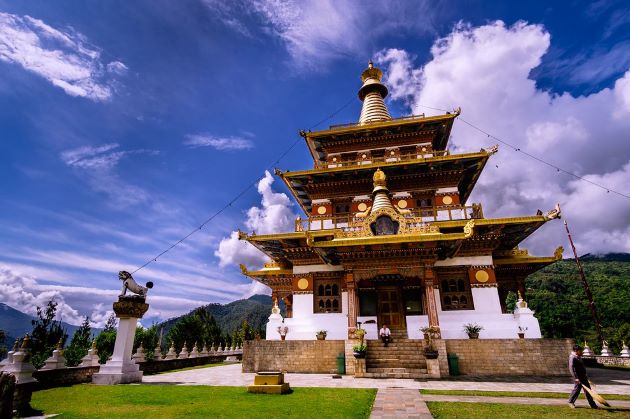
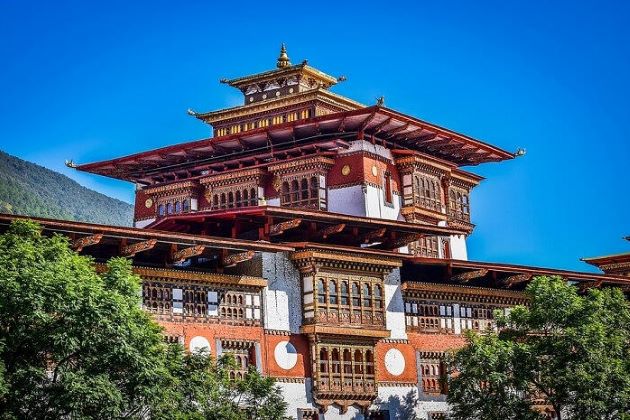
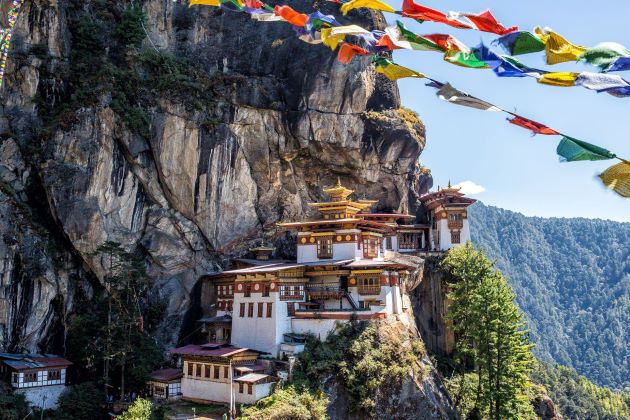
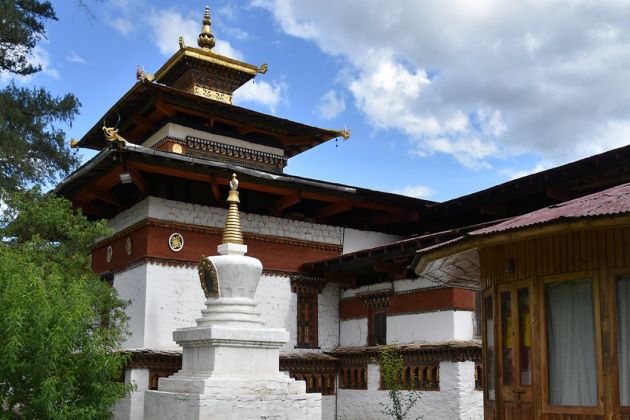
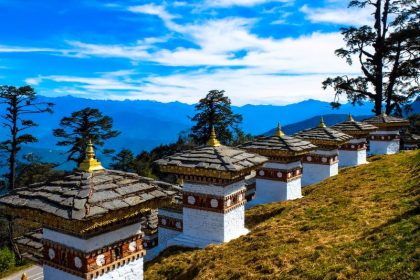
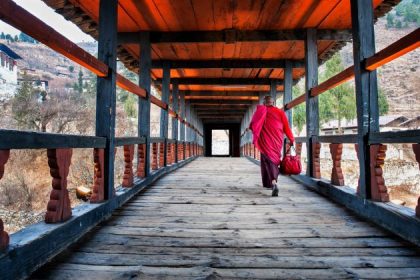
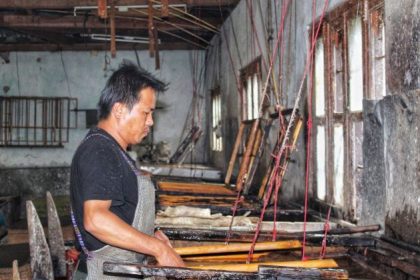
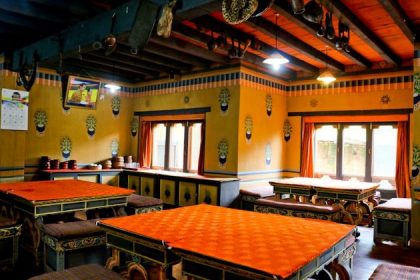
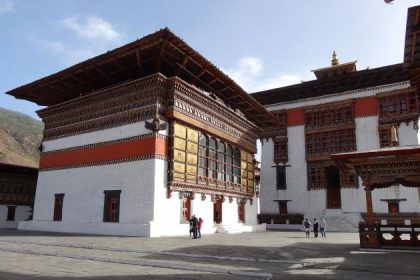
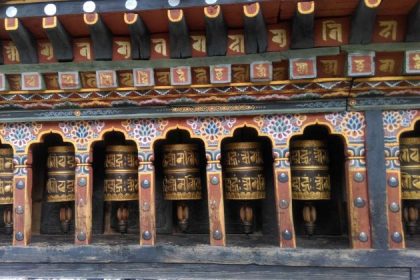
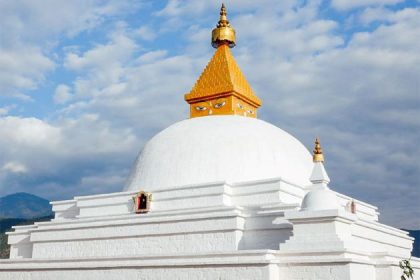
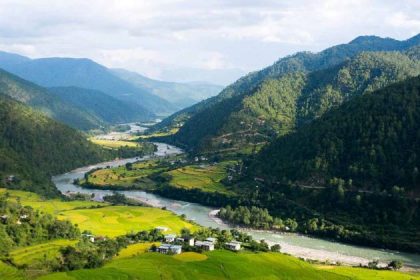
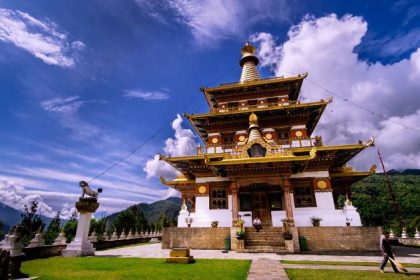
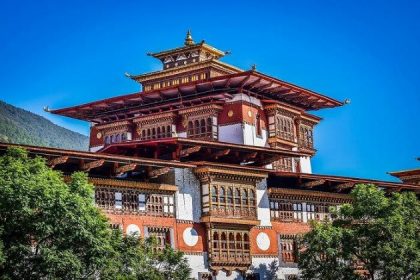
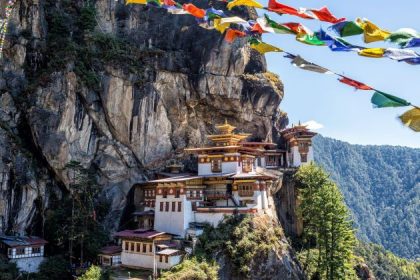
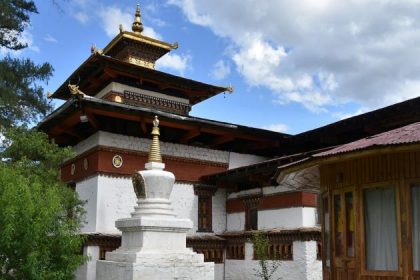
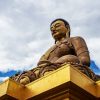
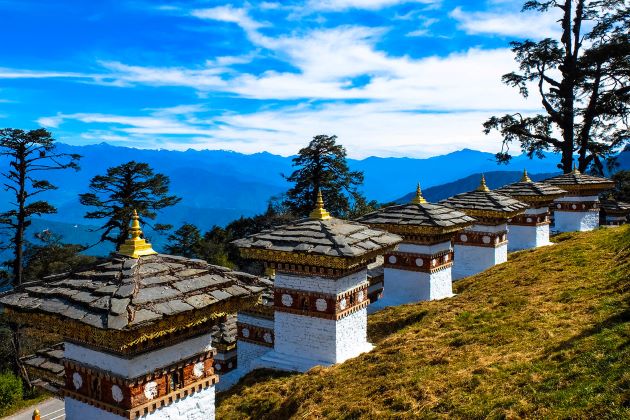
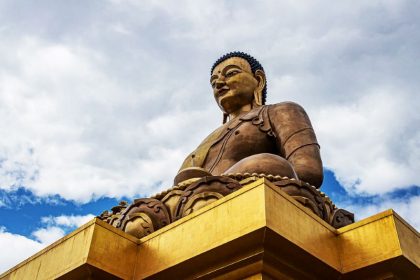
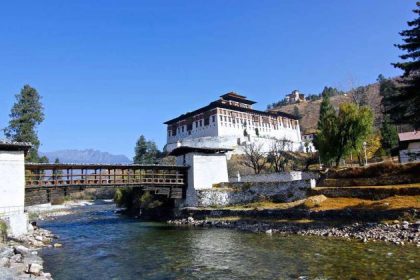
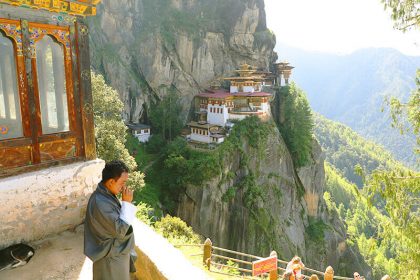
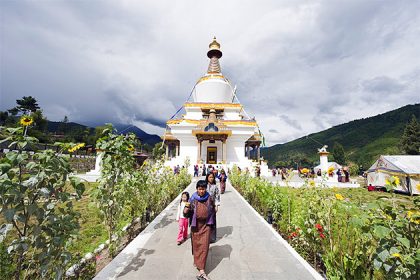
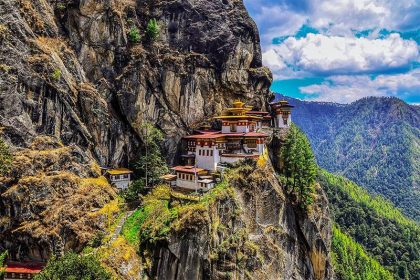
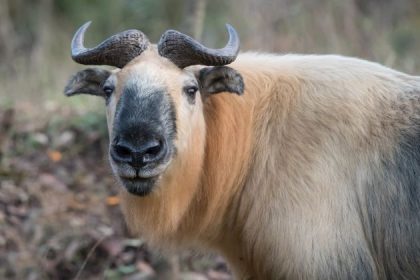
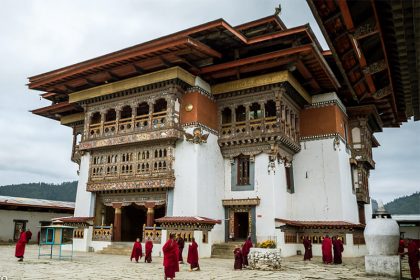
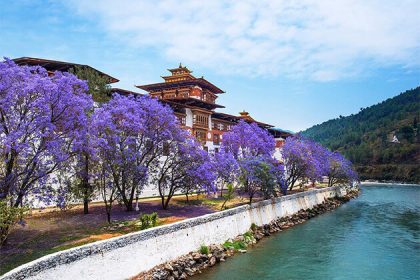
Reviews
There are no reviews yet.